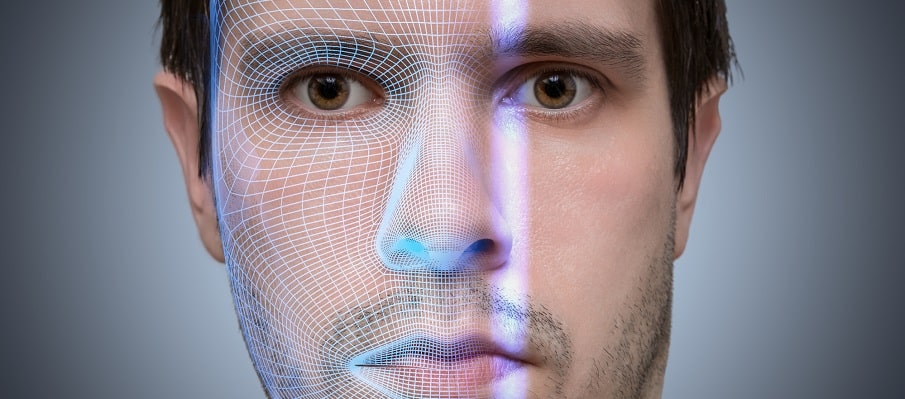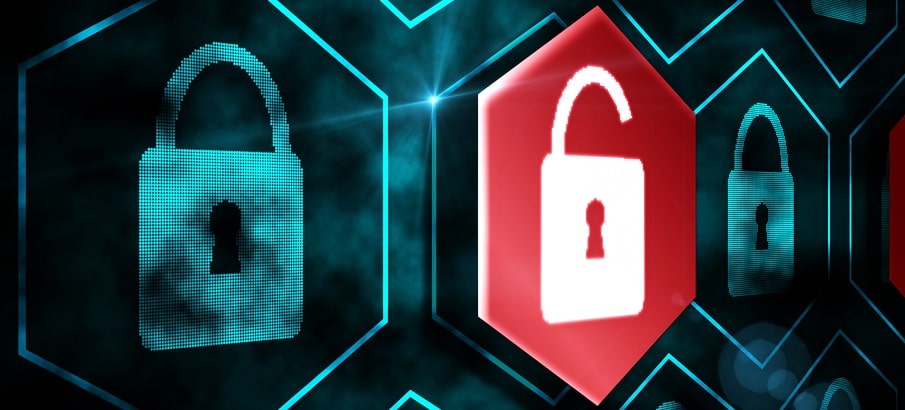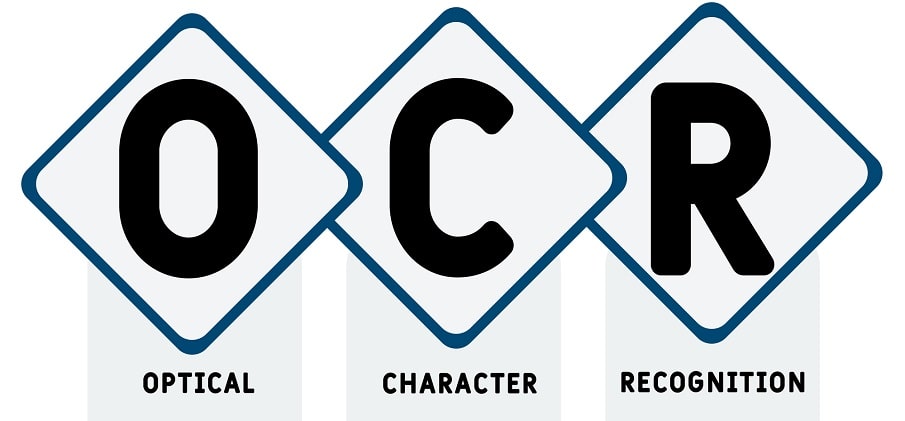With the development and use of new technologies, different methods of fraud have also spread in the identification of individuals concerning their interaction with other companies or individuals. Security is a fundamental element for companies such as banks and telecommunications companies and customers, and biometric facial identification, among other trends, has become one of the leading methods. This post tells you what biometric identification is, the trends in biometric recognition and the most common applications of this technology.
Validation or identification
Two-factor authentication: what it is, how to use it and where it can be used
Do you want your customers to be confident when they do business with you? We are all used to being prompted for a username and password when we log on to a website, but this identification method is not risk-free, and many companies have suffered cyber-attacks that have jeopardised the security of thousands of customers. Two-factor authentication can be used for additional security. In this post, we tell you what it consists of, how it is used and in what cases it can be used.
Risks (and solutions) in people identification processes
Technology has come a long way in recent years, and while this is generally a benefit, it also brings with it the appearance of digital risks. Many cases of known and not so well-known people have seen their identity being impersonated on social networks or how fake videos were created in which they made statements that they had never made. This is what is known as deepfake. In this post, we tell you about what risks can arise in people identification processes or customers for your company and how they can be solved.
Obtaining CUPS codes (MPNA) and other applications
Until recently, when a company received a hard copy printed invoice or in digital format and wanted to include it in a corporate tool, it had to be done manually. With OCR technology, written texts will automatically be converted into a digital format to be easily managed. This post tells you what this technology consists of, how it can be used, and its benefits.
What is digital identity verification, and how is it done?
We are increasingly making Internet transactions such as bank transfers, purchases or service contracts. For these transactions, the digital identity must be verified correctly to know that a person is the one who claims to be and to avoid identity thefts. That’s why there’s an increase among companies in using safer means of identification that give customers confidence while preventing fraud.




